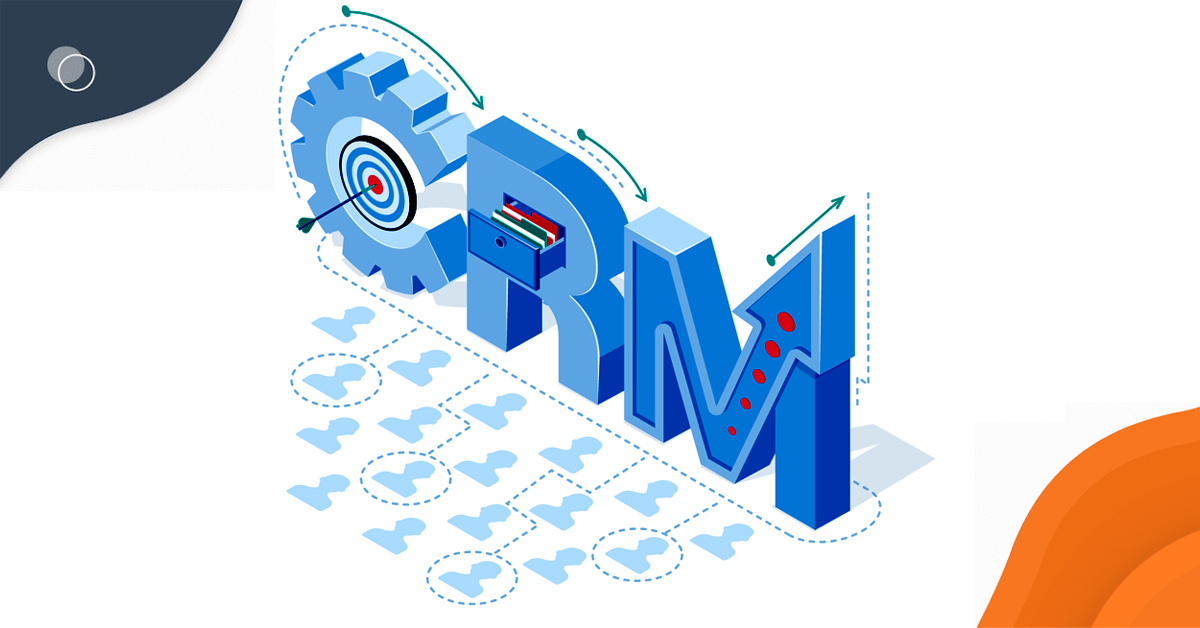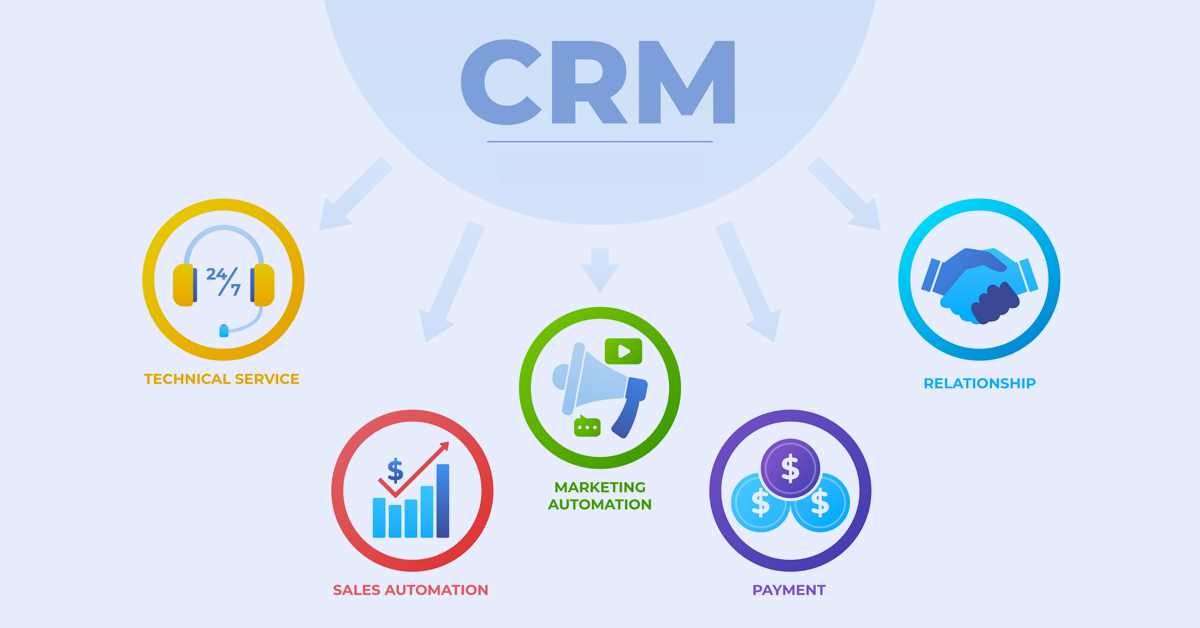-
MarTech Services
- HubSpot
- OneSignal
HubSpot
Technical Consulting
Partner with experts who understand your HubSpot systems and business needs inside out.
Revenue Operations
Drive revenue growth with tailored RevOps strategies designed for HubSpot users.
Hubspot Integration Services
Seamlessly integrate HubSpot with your existing tools to enhance operational efficiency.
Sales Enablement
Boost your sales team’s efficiency with focused HubSpot Sales Enablement solutions.
CRM Data Migration
Effortlessly migrate your CRM data to HubSpot with precision and support.
Hubspot Onboarding
Efficiently onboard clients to HubSpot, ensuring a smooth transition and rapid platform adoption.
HubSpot Administration
Maximize your HubSpot investment with expert management and optimisation tailored for HubSpot clients.
Marketing Assets Development
Develop, deploy, and manage digital assets, ensuring a fresh and engaging presence.
-
Solutions
-
Website Services
Website Development
We bring together expertise, creativity, and measurable results, making us the go-to choice for HubSpot website creation.
Website Migration
Our approach to website migration goes beyond a technical transfer; we prioritize a user-centric experience.
Website Maintenance
Optimize your online presence with effective, growth-driven websites focusing on nurturing website visitors, creating and deploying content, and tracking progress with precision.
Website Audit
Is your website performing at its peak? Our CMS Consultants are here to help you find out with our comprehensive Website Audit service.
-
Resources
-
Company
Clients
We have worked with clients from various industries across the globe, making our journey diverse and exciting.
Team
We put decades of experience where our mouth is. So what you get is market-tested and tried, not theory. We believe in plain speak, which we believe works better than jargon.
Solutions Partner
BlueOshan is not just a partner; we are among the most experienced and adept in the HubSpot ecosystem.
- Contact Us
Get the right CRM and a lot of things snap into place

Venu Gopal Nair
December 1, 2021

Every business looks for customers all the time. So, what does a CRM have to do with advancing the business? Think of your business as a network. The wider the network and the more deeply it taps into your customer base, the bigger the opportunities.
Companies that have been around for a long time understand the importance of building and maintaining connections. Earlier, it was built on personal magnetism and cultivating relationships. Now, it can be built out much further using the same principles. And that’s exactly where CRMs play a major role.
Assume that you have a sales team of 50 people talking to 10 prospects a day. That’s 500 potential customers. Now, sales are a competitive business, and salespeople like keeping their lists to themselves – cultivating their own prospect base. And that’s where a CRM helps to unite these efforts across the board.
Make marketing and sales work in lockstep.
Salespeople want just one thing—new leads to follow up on. Marketing is supposed to generate them with campaigns and calls. The better marketing teams are able to qualify leads and pass them on exactly when they are ready to buy, the more successful the sales effort will be.
If every qualified lead is entered into a CRM and the source of the enquiry is captured as well as the initial interest, the whole process gets streamlined. But given that there is always pressure on teams to deliver, the number of leads that need to be generated keep increasing.
The larger the company’s base of identified customers, the more leverage a company has to manage growth.
There are products with long sales cycles and those where several interventions are required during the prospecting and progression. This is where a CRM is best deployed. The schedule of contacting prospects regularly on a schedule in a planned and consistent basis can lead to better sales outcomes, as opposed to individual salespeople working on their own.
The HubSpot CRM can be connected to email management, where the progression is automated once the initial stages are complete and the prospect either requires more information or has to be engaged on a monthly basis. This can be personalized, and specific product features can be sent out as drip emails to draw them in. The best aspect of working through a CRM is that success becomes a repeatable process once the pattern has been identified.
Nike had a CRM before CRMs came into being!
In the early days of Nike in the 1960s, Phil Knight hired an enthusiastic salesperson, Johnson, who kept meticulous records of his sales efforts every day. He documented every interaction with customers, the shoe sizes, the quantities and the reasons they made the purchase. All of this was captured on paper and carefully documented.
Johnson, in addition to sending daily sales reports, also remembered every birthday and major occasion and greeted his customers with cards and gifts. This was before PCs, so it required a phenomenal memory for dates and names and untiring effort to maintain contacts.
It paid off handsomely for Nike because it built relationships on which the company was able to capitalise for decades. They knew what their customers wanted, how often and in what quantities they would buy, and the potential order size. That led to better sales projections and long-standing business relationships. Nike is remembered for its great advertising, but it is built on a bedrock of systems that took over a couple of decades to implement.
This is documented in Shoe Dog, Phil Knight’s autobiography. It describes how each aspect of the Nike brand was built from the ground up with a clear vision of what the company wanted to be and how it would build and maintain an outreach to customers.
HubSpot CRM can manage a base of millions of customers
Managing scale is important when looking at a CRM because systems get increasingly complex over time. When starting out in the initial years, a company may only have a few thousand customers to reach out to. Bust as the base of leads, prospects and actual customers increase, some CRMs may not be able to cope.
The advantage of having a flexible, transformative CRM is the number of things you can do with it. Right from querying the best sources that have got the company good results over the years to finding the most profitable customers as well as those who have been with the company for the longest time.
In addition, the CRM should be able to work across marketing, sales and service functions to provide a true picture of how well the company manages customer interactions. After all the effort of landing a customer, if after-sales service is a problem, customers will leave. And finding that out from the CRM allows top management to see what needs to be fixed.
When well-structured and maintained, CRM systems can point the way to future growth
Now that First Party Data has become essential, maintaining a list of all customers and prospects makes it critical to business success. HubSpot’s CRM allows the recording of every interaction with customers and the context as well as the source. When marketing campaigns generate leads, they can be tied to the promise made and the response. That allows for content to be planned and distributed to prospects or customers.
Handover to Sales can be done at critical stages when the prospect is primed for conversion. Once they sign up, customers can be tracked by services to ensure that the onboarding and product or solution experience can be smooth or that teething problems attended to
Blueoshan has the expertise to integrate HubSpot CRM data and workflows for the organization to attain higher levels of efficiency. Talk to our consultants for details.

Venu Gopal Nair
Advertising and Branding Specialist, CEO - Ideascape Communications, A professional journey through the tumultuous years of advertising and communication, starting in 1984. Started out in the age of print, saw the changes with the entry of satellite TV and the momentous transition to digital. Advertising and branding today is vastly different from its practices in the 20th century and the last two decades have seen dramatic changes with smartphone domination. As a Creative Director turned CEO, making the transition personally and professionally has been a tremendous experience.
Related Articles

December 19, 2022

November 23, 2022


